Real Pearls or Imitations?5 Simple Methods to Tell the Difference

Pearls are one of the most timeless and elegant forms of jewelry, making them a popular choice for special occasions, everyday wear, and gift-giving. However, with the rise of mass-produced, synthetic pearls on the market, it can be challenging to determine whether a pearl is real or fake. This article will provide a guide to help you spot a real pearl and ensure that you invest in authentic, high-quality pearl jewelry.
Understanding the Types of Pearls

Before diving into how to spot a real pearl, it's essential to understand the different types of pearls. Natural pearls and cultured pearls are the two main types of pearls.
Natural Pearls

Natural pearls are formed accidentally when a foreign object, such as a parasite, makes its way into an oyster's shell. The oyster reacts to the object's presence by producing a substance called nacre, which coats the object and forms a pearl. Natural pearls are rare and highly valued, making them famous for high-end jewelry and investment pieces.
Cultured Pearls

On the other hand, they are created when a human-made irritant is introduced into the oyster's shell. Cultivating cultured pearls is much more controlled and consistent than producing natural pearls, making them more accessible and affordable for the average consumer.
Imitation Pearls
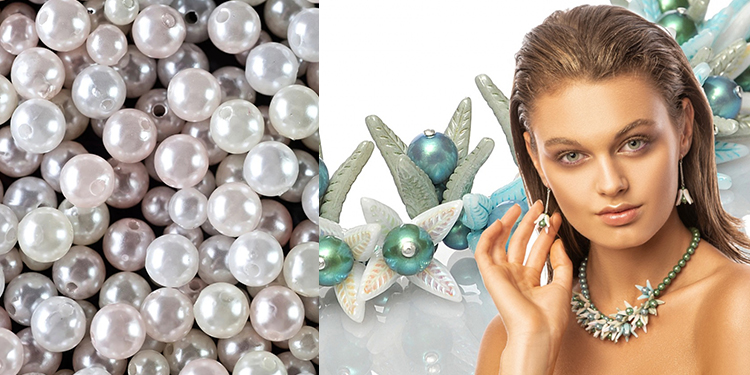
In addition to natural and cultured pearls, there are synthetic and imitation pearls. Artificial pearls are made in a lab from a combination of glass, plastic, and resin. On the other hand, imitation pearls are made from various materials, including glass, plastic, and fish scales, and are designed to resemble real pearls.
How to Spot a Real Pearl

Now that we've discussed the different types of pearls let's dive into how to spot a real pearl. Here are the top five things to take into account while having your pearl jewelry authenticated:
Luster

A real pearl's luster is one of its most distinctive features. Real pearls have a soft, glowing sheen that distinguishes them from synthetic and imitation pearls. The luster of a real pearl should be even and consistent, and it should also change depending on the lighting conditions.
Surface Quality

Another defining characteristic of a real pearl is its surface quality. Real pearls should have a smooth, blemish-free surface with minimal wrinkles, cracks, or other imperfections. If a pearl has a rough or pitted surface, it is likely a fake.
Size and Shape
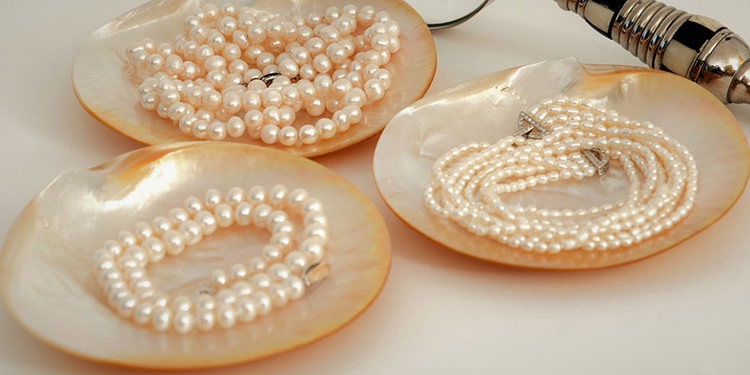
A pearl's size and shape can also be used to assess its legitimacy. Real pearls come in various sizes and shapes, but they should always be perfectly round or slightly off-round. On the other hand, synthetic and imitation pearls are often uniform in size and shape and may be perfectly round, which is a telltale sign that they are fake.
Weight

The weight of a pearl can also help determine its authenticity. Real pearls should be slightly heavier than synthetic or imitation pearls of the same size and shape. To test the weight of a pearl, gently roll it in the palm of your hand. It is likely a real pearl if it feels heavy for its size.
Drill Hole

Finally, the drill hole of a pearl can help determine its authenticity. Real pearls are typically drilled through the center of the pearl, while synthetic and imitation pearls may be drilled through the side or in an inconsistent manner. To check the drill hole of a pearl, hold it up to the light and examine it closely. A real pearl will have a clean, uniform drill hole that runs through the center of the pearl.
Conclusion

For anyone seeking to add a touch of class and elegance to their wardrobe, pearl jewelry is a classic and timeless choice. However, with the rise of mass-produced, synthetic pearls on the market, it's essential to know how to spot a real pearl and ensure that you invest in authentic, high-quality jewelry. Considering the five key factors outlined in this guide, you can be confident in your purchase and enjoy the beauty of real pearls for years to come.
If you still need to decide whether a pearl is real or fake, consult a professional jeweler. They will be able to provide you with a comprehensive assessment and help you determine the authenticity of your pearl jewelry.
In addition, it's important to care for your pearls properly to maintain their value and keep them looking their best. This includes storing them separately from other jewelry to avoid scratches, cleaning them with a soft cloth and mild soap and water, and having them professionally cleaned and inspected regularly.
In conclusion, with some knowledge and effort, you can enjoy the beauty and elegance of real pearls for years to come. Whether you're buying pearl jewelry for yourself or as a gift, be sure to authenticate your pearls and invest in high-quality, certified pearls to ensure you get the best value for your money.


+L1025-1-700x700.jpg)
+L1025-3-700x700.jpg)


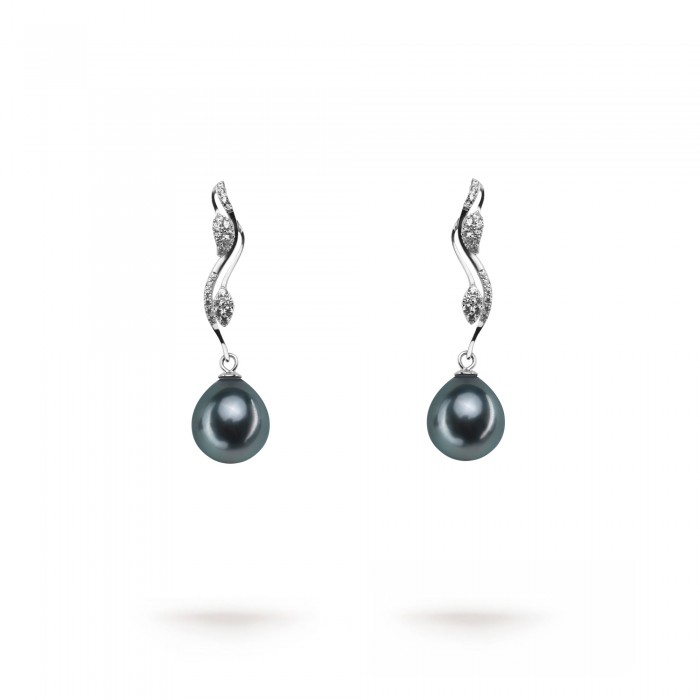
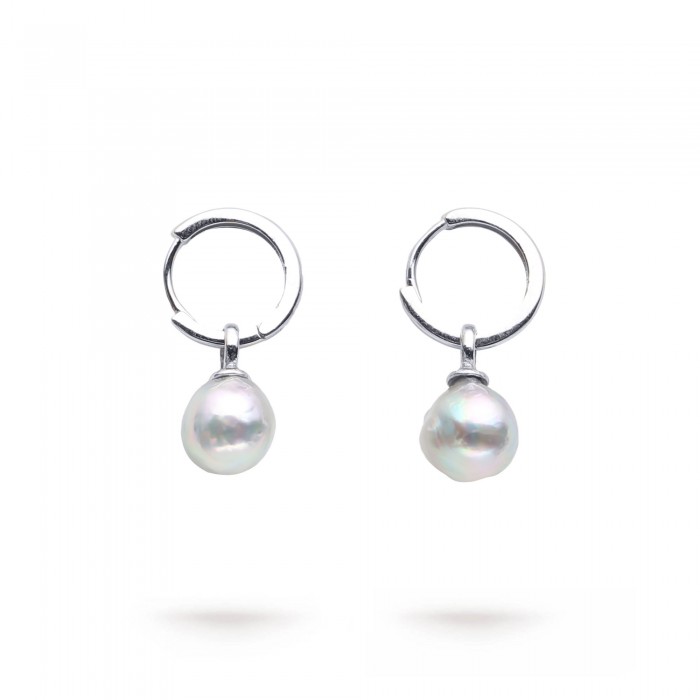
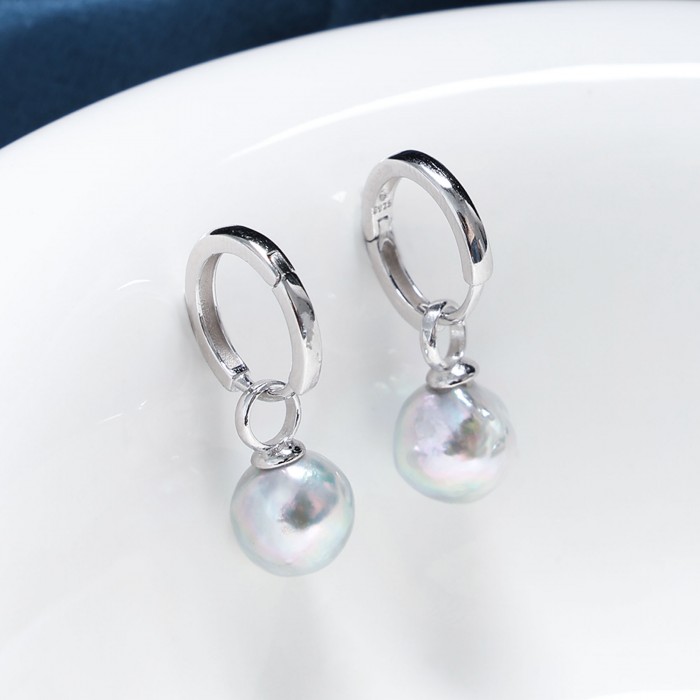
2 Comment(s)
Thanks…
Thank you for being here to help
FL
Leave a Comment